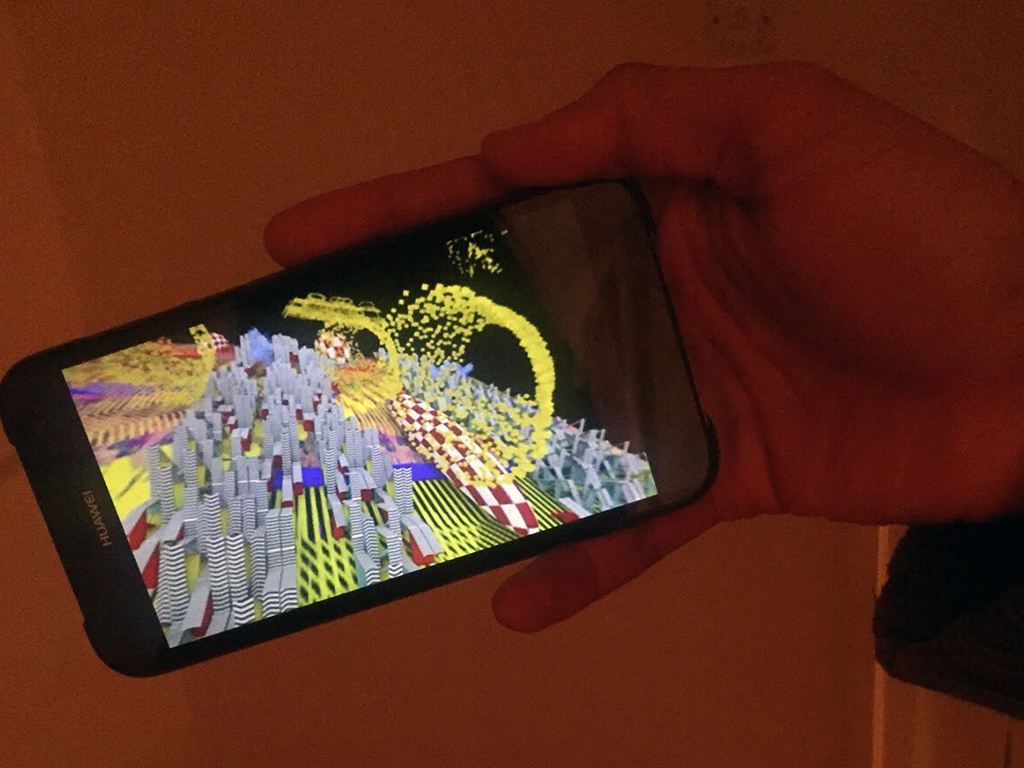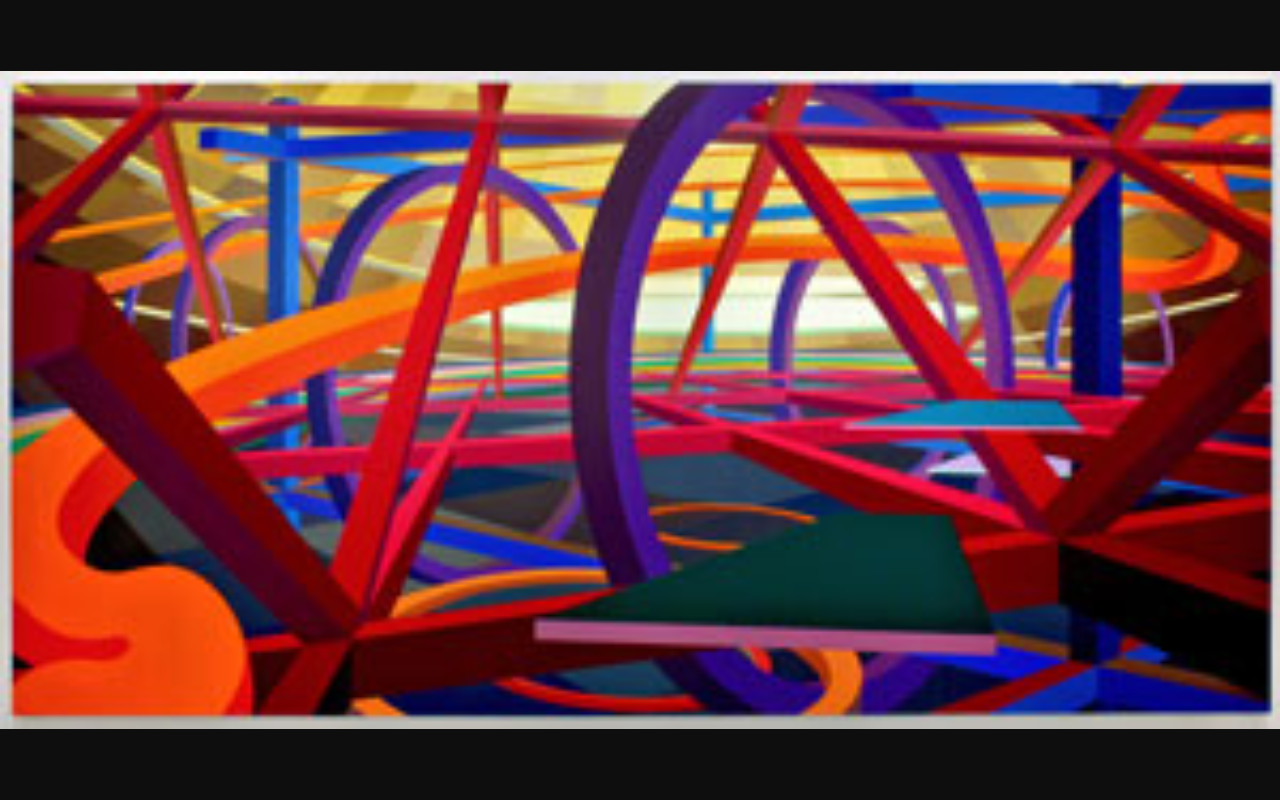‘Would you like to come with me?’. I had agreed and went with my pastor and his wife to the funeral of a 90 year old woman that I didn’t know. The church was a large room, with many people. A few came to the front giving stories of the impact she had made in their lives and in the lives of others (most notably in her children). After the service, in the car home, I spoke with my pastor and his wife about my desire to do an oral history project on victims of knife crime.
I was still doing my degree and knew the project was totally unsuitable for the marking criteria and the demanding pace of the course. I felt deep within me that this would be a long project best suited outside of the limits of university.
In 2008 I was ending year 11. That year felt like knife violence was so abundant that it could eventually happen to me and everyone who was my age. At least, what it felt like from reading the papers on the train to school or watching the evening news.
I always wondered whether the news media were best positioned to speak on the subject. They seemed to be in a rush to deliver the story and move onto the next headline (i.e. sports or a flash flood. The transition between stories was stark). I wondered what decision-making happened? When say, they picked pictures of the victim? Or included quotes from friends? Or gave statistics of the tally of youth violence for the year? What was the primary focus? To highlight violence and induce fear?
It’s heartbreaking to read articles on senseless murders and I can’t imagine the trauma of a mother whose son or daughter has died.
I realised that I knew less about the victim from reading the news than if I had spoken to their close friend. What was the victim really like? Who were they on the day before the incident happened? How would someone describe them? How do you sum up a life?
Oral history, which unlike the annuals on Great Generals, most effectively speaks about the hidden history of the ordinary lives of people in society. I did a short on my grandfather, as I viewed him as a person who was a great story-teller of everyday life. I thought, ‘if I don’t document it, only those who know him, would be aware of how amazing he really is!’
That same view I would like to bring into this project. Victims are made public through the impersonal tone of an official news voice rather than a sensitive tone of someone that really knew them as they were in everyday life. My hope is to collaborate with others and by telling their story, bring a sense of humanity back into people hearts. So that the beauty of life and the fragility of it will turn others away from violence.
Work in progress:
Link to a poem written to inspire the imagery here










 Marketa Lazarová František Vláčil 1967 Czechoslovakia/ Cloister Cemetery in the Snow (1817-9) – Caspar David Friedrich
Marketa Lazarová František Vláčil 1967 Czechoslovakia/ Cloister Cemetery in the Snow (1817-9) – Caspar David Friedrich







